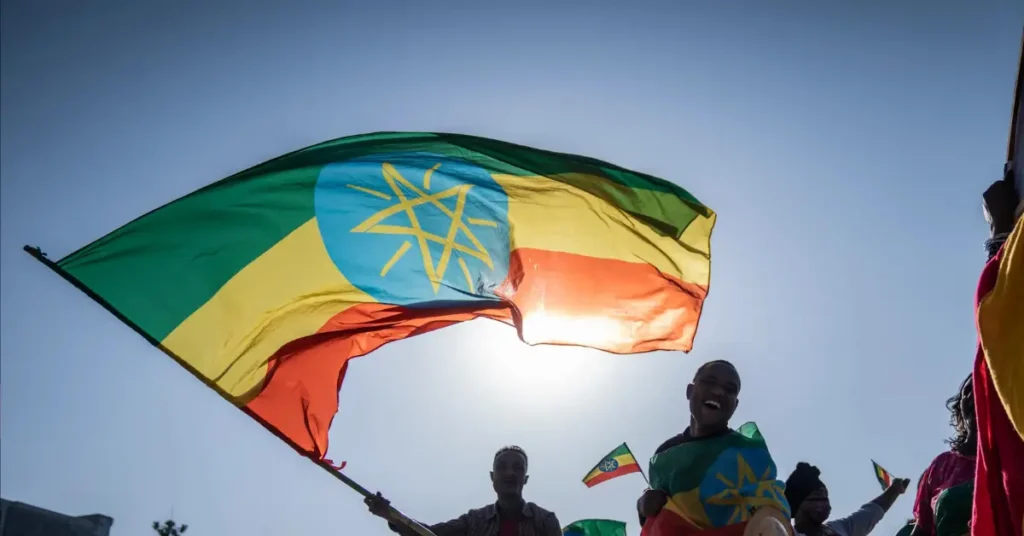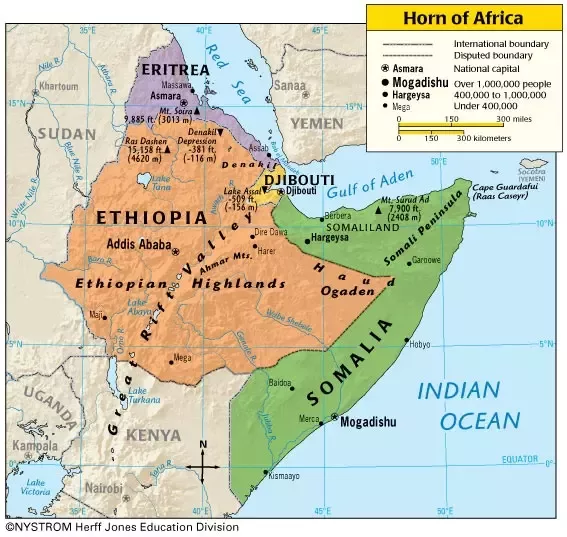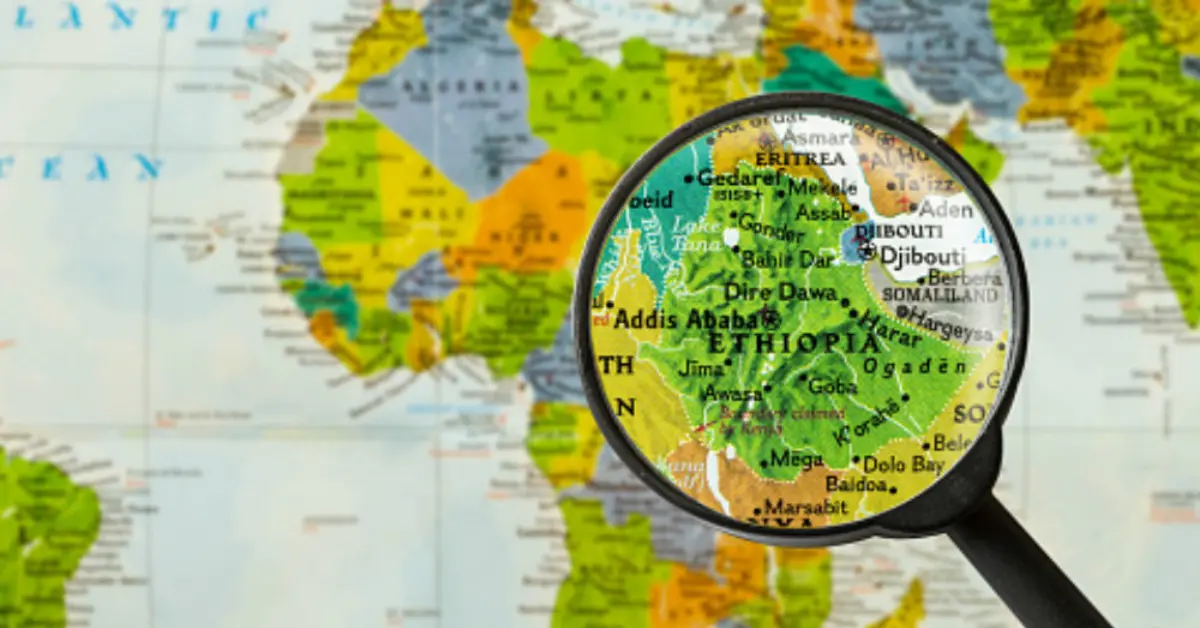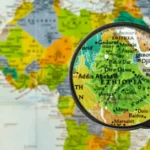Ethiopia’s Calendar System and Year Discrepancy
What Year Is It In Ethiopia? It is 2016.
Ethiopia uses a unique calendar system called the Ethiopian calendar. This calendar is based on the ancient Egyptian calendar and is about seven to eight years behind the Gregorian calendar, which is the most widely used calendar system globally.
Here’s a breakdown of the reasons for the difference:
- Origin: The Ethiopian calendar traces its roots back to around 3000 BC, while the Gregorian calendar was established in 1582.
- Length of Year: Both calendars have a similar concept of a year with 12 months. However, the Ethiopian calendar accounts for the quarter-day difference between a solar year (Earth’s revolution around the sun) and the calendar year. This adjustment leads to an occasional leap year every four years, but with a slightly different pattern compared to the Gregorian calendar.
- Fixed Starting Point: The Ethiopian calendar places the birth of Jesus Christ eight years later than the Gregorian calendar. This difference stems from historical interpretations and calculations used to determine the date of Christ’s birth.
In essence, Ethiopia is not “behind” but rather follows a different calendar system with its own historical foundation and calculation methods.
Here’s an additional point to consider:
- Official vs. Everyday Use: Ethiopia officially adopted the Gregorian calendar for administrative purposes in 1968. However, the Ethiopian calendar remains widely used in everyday life, particularly for religious holidays and social events.
Understanding these factors clarifies why Ethiopia has a different year compared to the Gregorian calendar. It’s not a matter of being “behind,” but rather a reflection of a distinct historical and cultural timekeeping system.
Why They Don’t Change:
Ethiopia has a rich cultural and historical heritage deeply intertwined with its calendar system. The calendar plays a significant role in religious observances and traditional celebrations. Shifting to the Gregorian calendar would disrupt these established practices and potentially create confusion.
So, what year is it in Ethiopia today (April 4, 2024)?
Since Ethiopia is currently eight years behind, the year in Ethiopia today would be 2016 according to their calendar.
It’s important to remember that both calendars are valid for their respective purposes. Understanding the context and historical background helps us appreciate the unique Ethiopian calendar system.
Also read: Which U.S. River Was Engineered to Flow Backwards?
Where is Ethiopia?

Ethiopia is located in the Horn of Africa, the easternmost region of the African continent.

Here’s a detailed breakdown of its location:
- Region: Horn of Africa, East Africa
- Bordering Countries:
- Eritrea – North
- Djibouti – Northeast
- Somalia – East and Southeast
- Kenya – South
- South Sudan – West
- Sudan – Northwest
- Landlocked Country: It’s important to note that Ethiopia is landlocked, meaning it has no direct access to the sea. Eritrea, which gained independence in 1993, used to be a coastal province of Ethiopia. Since the secession, Ethiopia relies on ports in neighboring Djibouti for access to sea routes.
- Strategic Location: Despite being landlocked, Ethiopia holds a strategic position due to its proximity to:
- Middle East
- Europe
- Major ports in the region
This proximity facilitates international trade for Ethiopia.
- Size and Landscape:
- Ethiopia is the 10th largest country in Africa, with a land area of approximately 1,112,000 square kilometers (472,000 sq mi). That’s roughly the combined size of France and Spain!
- The landscape is known for its ruggedness, featuring:
- Mountains
- Plateaus
- The Great Rift Valley
The capital city, Addis Ababa, sits nearly at the center of the country.
Content Contributor: Juhi Saluja









